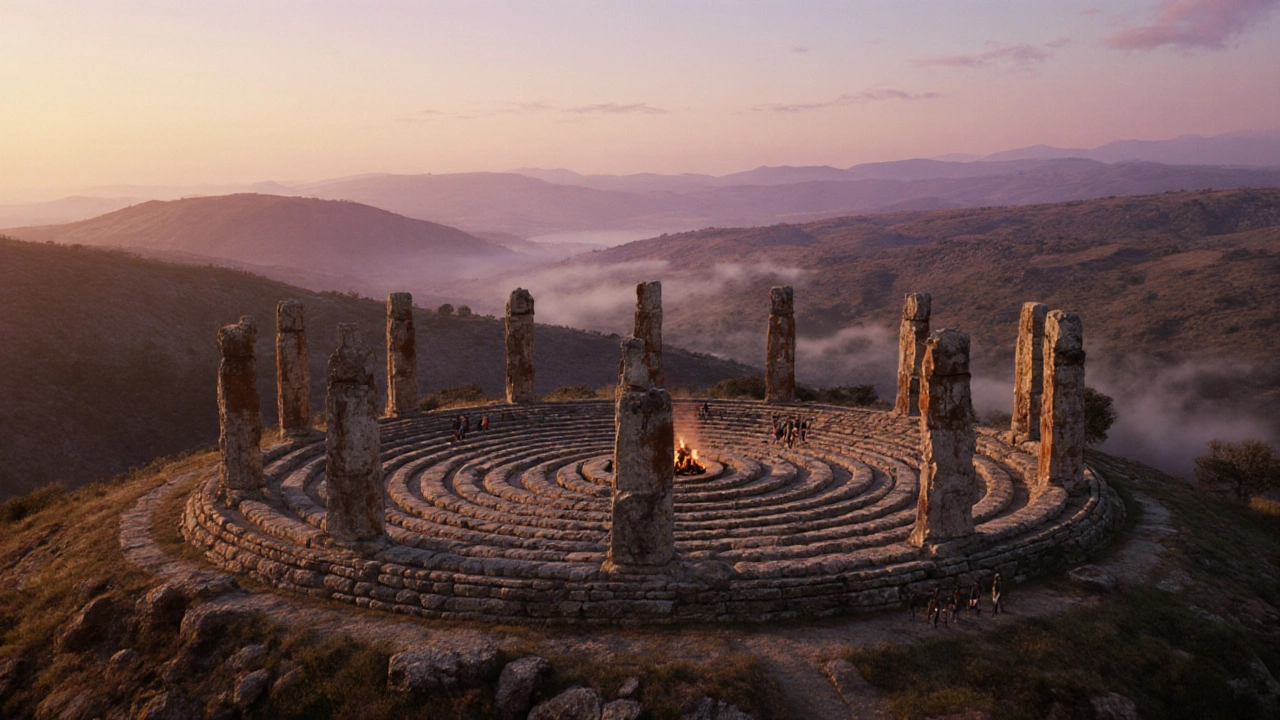
Explore Göbekli Tepe, the world's oldest temple, its age, archaeology, visitor tips, and why it reshapes our view of prehistoric humans.
When you hear Göbekli Tepe, a 12,000‑year‑old stone complex in southeastern Turkey that predates Stonehenge and the pyramids. Also known as the World’s First Temple, it forces us to rethink when and how humans began building sacred places. This intro pulls together the big ideas you’ll see across our articles: why ancient sites matter, how archaeologists dig them up, and what tourism means for protecting them.
Heritage sites like Göbekli Tepe act as time capsules that hold culture, art, and tech from centuries ago. Heritage sites, places recognized for their historical, architectural, or cultural value draw researchers, tourists, and locals alike. In India, Madhya Pradesh holds the record for the most protected heritage sites, showing that the protection model works across continents. When a site gets proper care, it fuels education, boosts local economies, and keeps stories alive for generations.
From the ruins of ancient cities to remote sanctuaries, each location tells a part of the human story. Visiting them isn’t just sightseeing; it’s joining a global conversation about who we were and who we can become.
Archaeology, the systematic study of past human activity through material remains provides the tools to decode Göbekli Tepe’s stone circles, T‑shaped pillars, and carvings. Modern techniques like 3D scanning, radiocarbon dating, and soil analysis let scientists piece together construction methods and social structures. The field requires patience, collaboration, and a willingness to rewrite textbooks when new evidence surfaces.
Every dig uncovers layers of mystery. For Göbekli Tepe, archaeologists discovered that the site was deliberately buried, suggesting a complex ritual purpose that modern scholars are still debating. This kind of insight influences how we view other ancient places, from the oldest cities in India—Varanasi and Ujjain—to the sprawling architectural wonders of the Taj Mahal.
UNESCO World Heritage, an international program that identifies and protects sites of outstanding universal value adds another layer of protection and prestige. While Göbekli Tepe is currently under consideration, many sites have already earned the label, securing funding and global attention. The designation creates a framework for sustainable tourism, meaning visitors can enjoy the grandeur without harming the fragile context.
Travel safety and practical advice also play a role. Our guides on India’s current safety climate, malaria prevention, and cost breakdowns for US travelers show how to plan trips responsibly. The same principles apply when you venture to remote places like Göbekli Tepe—check local advisories, understand health risks, and budget for guided tours that respect the site’s integrity.
Understanding Göbekli Tepe helps make sense of why ancient cities matter today. The site proves that complex societies existed far earlier than once thought, a fact echoed in studies of India’s oldest continuously inhabited cities. When you compare the stone circles of Göbekli Tepe to the riverbanks of Varanasi, you see a shared human drive to create lasting symbols of belief and community.
Below you’ll find a curated collection of articles that dive deeper into these topics—heritage preservation, archaeological breakthroughs, travel safety, and cost‑effective planning for historic destinations. Whether you’re a curious traveler, a budding archaeologist, or just love a good story from the past, the posts ahead will give you practical tips and fresh perspectives to enrich your next adventure.

Explore Göbekli Tepe, the world's oldest temple, its age, archaeology, visitor tips, and why it reshapes our view of prehistoric humans.